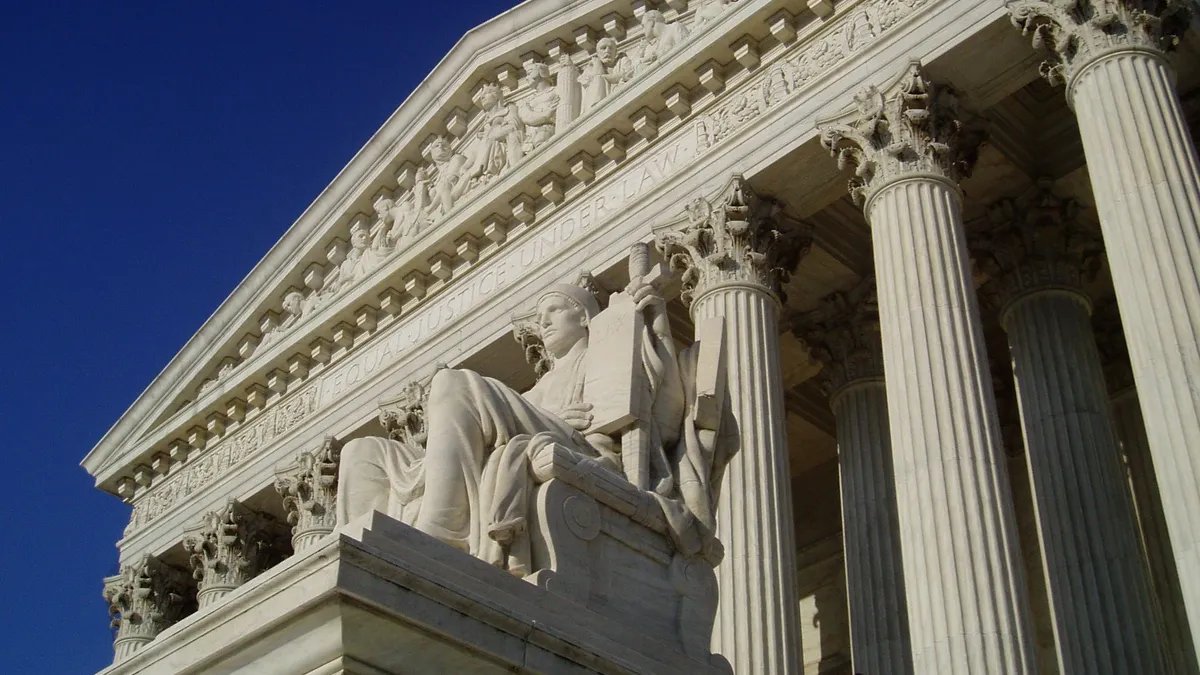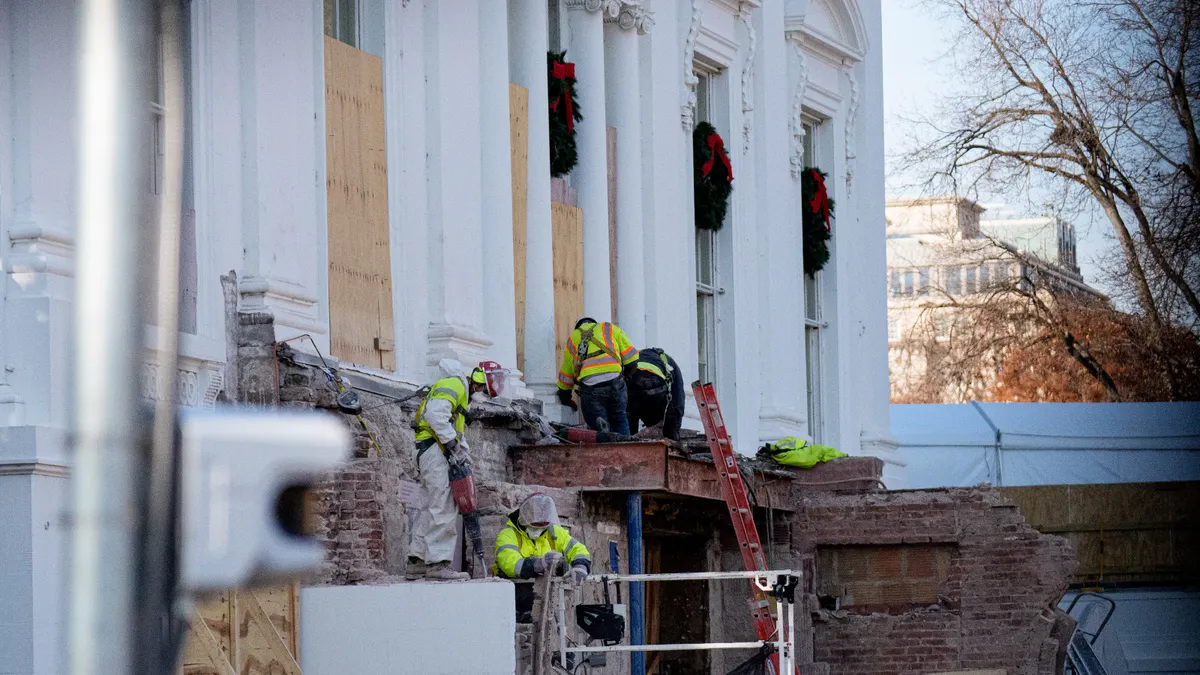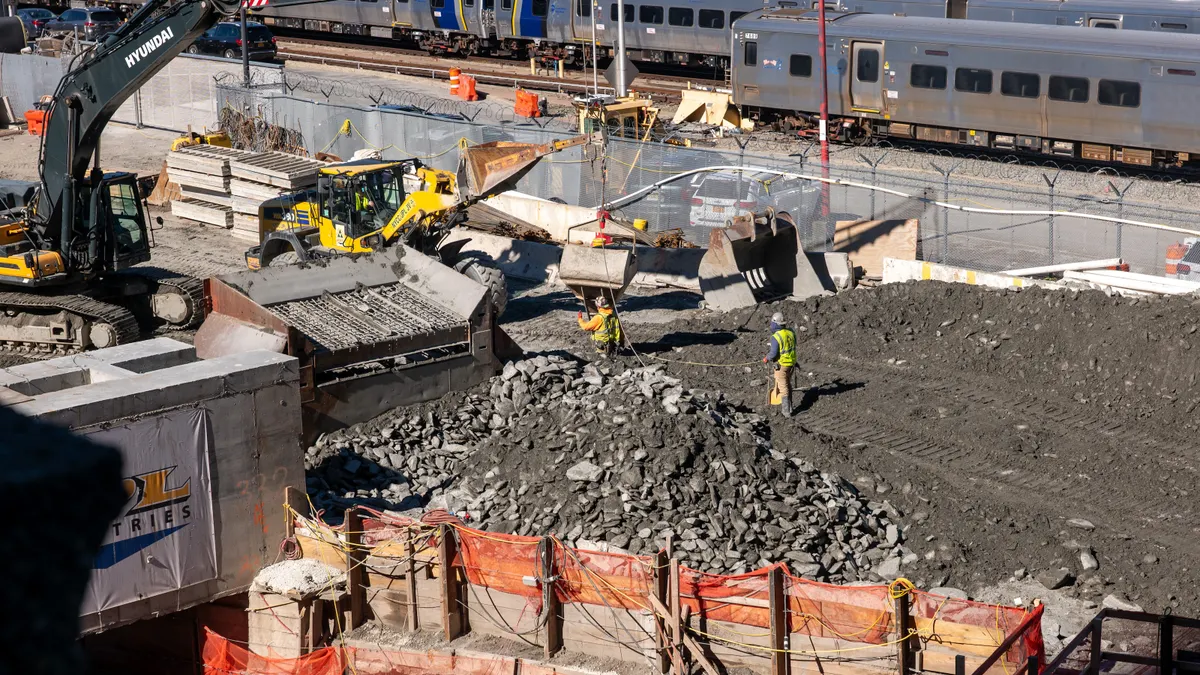The U.S. Supreme Court, in a highly anticipated decision, recently ruled that employers cannot discriminate against lesbian, gay, bisexual or transgender (LGBTQ) employees. To hire or fire based on this status, the court said, would be a violation of Title VII of the Civil Rights Act of 1964, which protects employees from discrimination based on race, color, religion, sex or national origin. The definition of “employer” as it applies to Title VII is one with 15 or more employees.
So, how does this decision impact construction companies?
Any federal construction contractor or federally assisted contractor was already barred from discriminating on the basis of LGBTQ status, due to an executive order former President Barrack Obama signed in 2014, said attorney Rae Vann, a partner at the law firm of Carlton Fields P.A. in Washington, D.C. This ruling expands the number and size of contractors covered.
“Smaller contractors that are located in a state that doesn’t already have those protections need to really take note of this now almost-universal applicability of Title VII rights,” she said.
For companies that do already operate under those protections, their policies likely won’t change much, according to attorney David Miller with Bryant Miller Olive P.A. in Miami.
“Applying it is not going to be any different for people who are familiar with the requirement that you don't discriminate in employment based on race or gender or religion or color or national origin,” he said. “Now you simply add to that sexual orientation and transgender status.”
For contractors who don’t have robust equal employment policies, or just want to make sure they’re in compliance, now is a good time to evaluate their firm's approach toward protecting LGBTQ workers.
Steps to take
First, Miller said, companies should consider their size since businesses with fewer than 15 employees are not covered under Title VII. Those contractors that are required to comply, Vann said, should perform an audit of their personnel policies and employee handbooks to make sure they have some kind of Equal Employment Opportunity (EEO) statement.
The U.S. Department of Transportation, for instance, offers a simple EEO statement at the beginning of its official policy: “The U.S. Department of Transportation embraces equal employment opportunity (EEO) and inclusiveness and maintains a model Federal work environment that is free of discrimination. The policy of the Department is to ensure that no employee or applicant for employment is denied equal opportunity because of race, color, sex, national origin, religion, age, disability, marital status, pregnancy, sexual orientation, gender identity, genetic information, or any other non-merit-based factor.”
Miller said that contractor EEO statements can be even simpler than that by not listing all types of discrimination.
"This has been such a changeable area for so long, don't try to list it. Just [say] ‘any form of illegal discrimination.’ And that way you don't have to go back in and change your policy every time.”
EEO statements and written policies, Vann said, are the types of things that a potential plaintiff and a potential enforcement agency would look at if a company was challenged on this question, just as a foundational matter, to see whether they've actually expressed a policy commitment to ensuring nondiscrimination on the basis of LGBTQ status.
Once the written policy is in place, Miller said, employers must make sure that employees understand the policy. “Have a policy, teach the policy, make sure everybody’s got the policy, make them sign for the policy.”
And now that it is clear that discrimination based on LGBTQ status is prohibited by Title VII, Vann said, the act’s anti-harassment and anti-retaliation rules also apply, so employers should focus on a broader prevention strategy as part of that training.
In practice
“You want to ensure you have a clear complaint procedure so that if an employee does feel like they’ve been aggrieved, they know what they’re supposed to do,” said attorney Rebecca Baker at Bracewell LLP in Houston.
Since there are typically multiple employers on a construction project, she said, contractors should ensure that their subcontractors and vendors operate according to the same EEO policies. For subcontractors, there should be language in the contract that requires them to comply with at least all applicable laws.
“I also have seen some specific language that says that they will implement EEO policies in compliance with applicable law,” she said. “They could require an EEO policy that's at least as high as their standards.”
Another thing for contractors to keep in mind is whether they could be held liable for the behavior of workers that are not their employees. For example, is the general contractor liable if one of its subcontractors’ employees harasses another worker on the site?
“It is a complicated, mostly fact-based analysis as to whether there is potentially some type of co-employment situation going on,” Baker said.
Most contracts, she said, spell out each company’s responsibilities in this regard. However, in certain situations, if one contractor exercises a high degree of control over another, enough to be deemed a co-employer, they could have a Title VII liability.
So it’s important that as part of their training, employees know when to speak up about acts of discrimination on a project site or in the office, she said.
“It's all about evolving your workplace culture and ensuring that your employees, particularly managers and supervisors, are sensitized to this new legal protection,” Baker said. “It needs to be on their radar just as any other type of potential discrimination.”





















